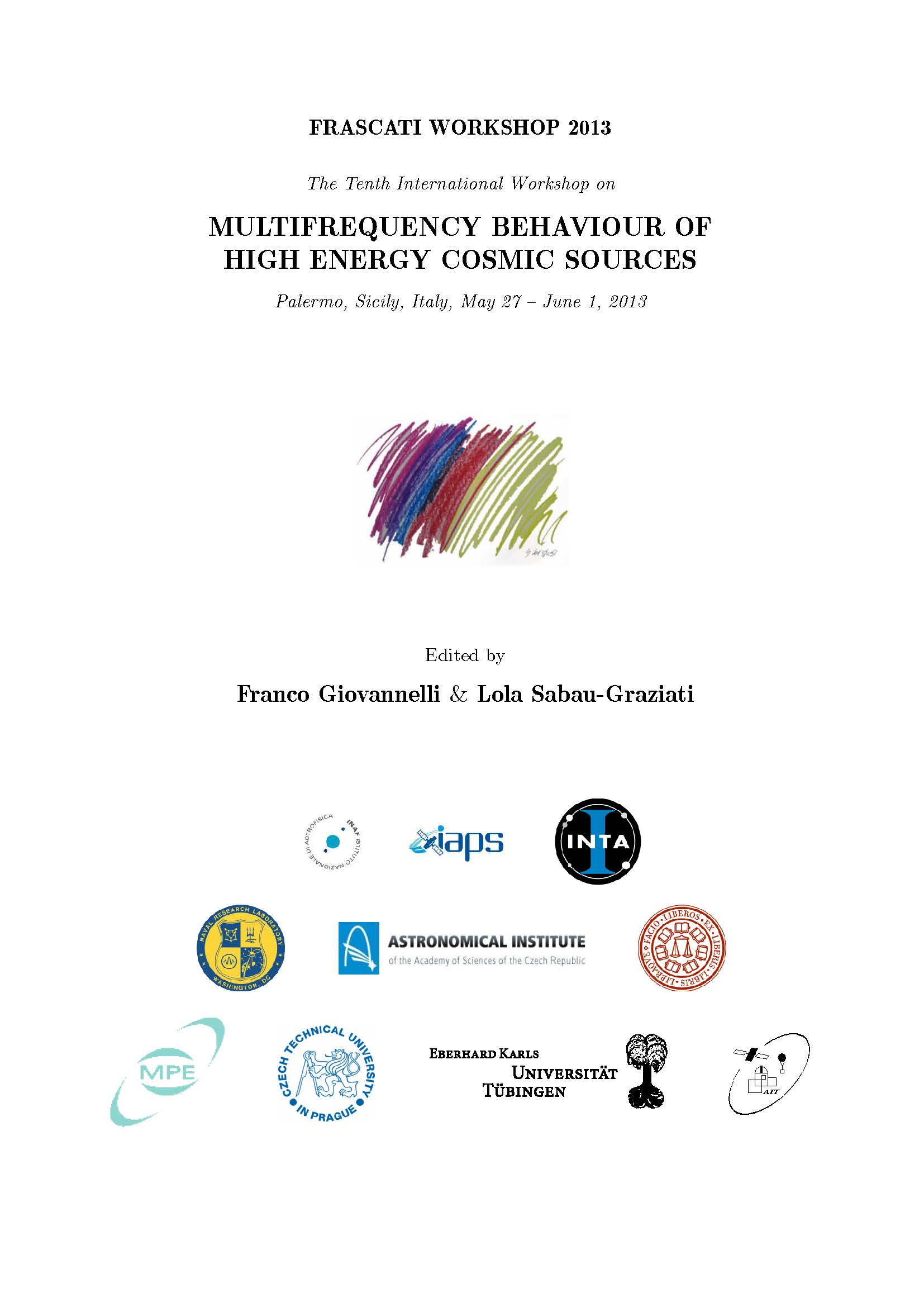Fullerenes, PAHs, Amino Acids and High Energy Astrophysics
DOI:
https://doi.org/10.14311/APP.2014.01.0038Abstract
We present theoretical, observational and laboratory work on the spectral properties of fullerenes and hydrogenated fullerenes. Fullerenes in its various forms (individual, endohedral, hydrogenated, etc.) can contribute to the UV bump in the extinction curves measured in many lines of sight of the Galaxy. They can also produce a large number of absorption features in the optical and near infrared which could be associated with diffuse interstellar bands. We summarise recent laboratory work on the spectral characterisation of fullerenes and hydrogenated fullerenes (for a range of temperatures). The recent detection of mid-IR bands of fullerenes in various astrophysical environments (planetary nebulae, reflection nebulae) provide additional evidence for a link between fullerene families and diffuse interstellar bands. We describe recent observational work on near IR bands of C60+ in a protoplanetary nebula which support fullerene formation during the post-AGB phase. We also report on the survival of fullerenes to irradiation by high energy particles and gamma photons and laboratory work to explore the chemical reactions that take place when fullerenes are exposed to this radiations in the presence of water, ammonia and other molecules as a potential path to form amino acids.Downloads
Download data is not yet available.
Downloads
Published
2014-12-04
Issue
Section
Articles
How to Cite
Iglesias-Groth, S. (2014). Fullerenes, PAHs, Amino Acids and High Energy Astrophysics. Acta Polytechnica CTU Proceedings, 1(1), 38-41. https://doi.org/10.14311/APP.2014.01.0038



